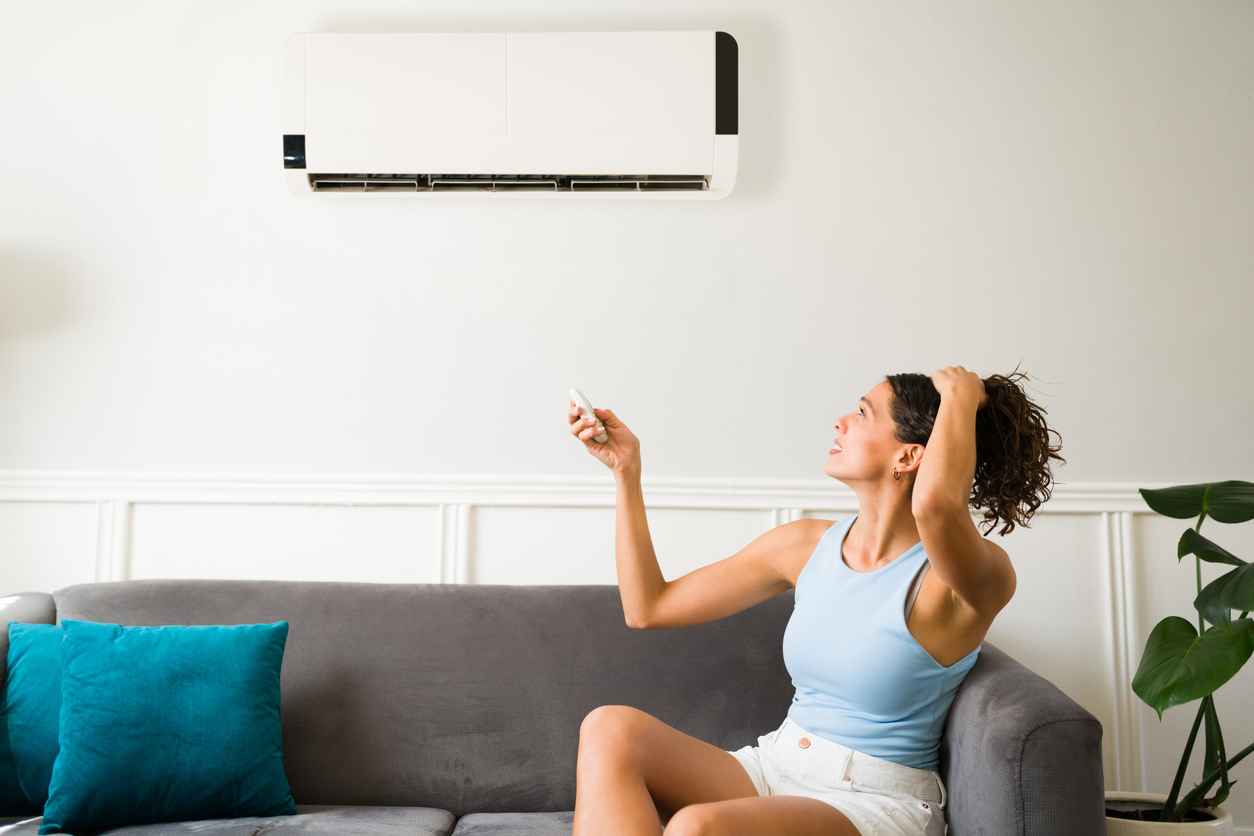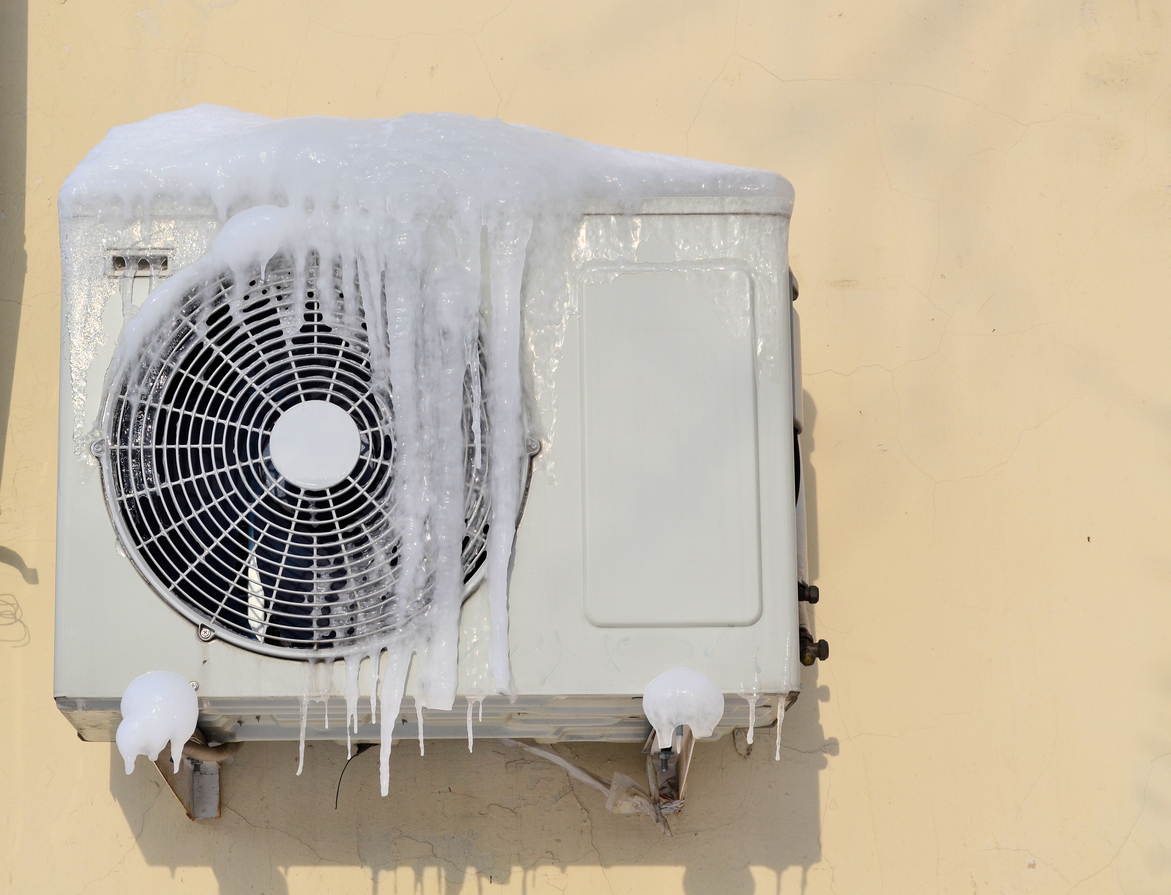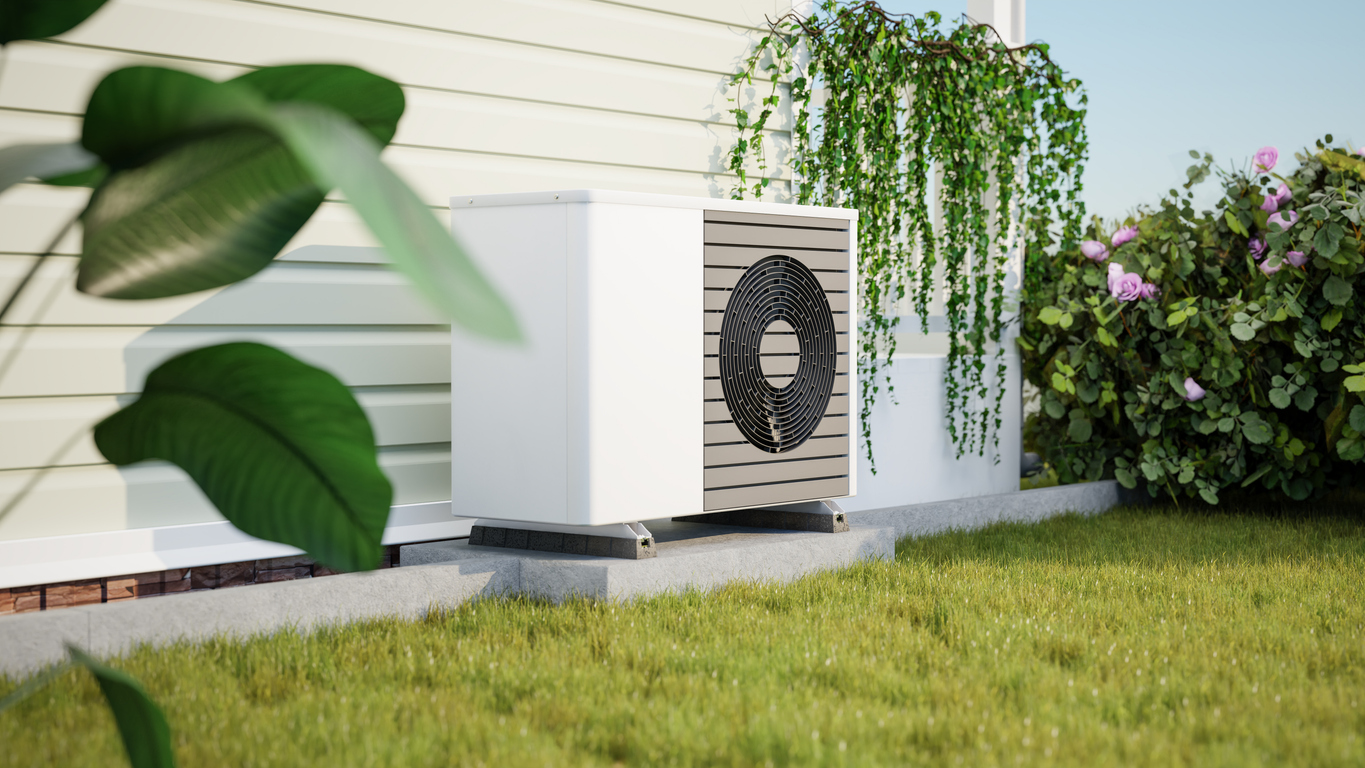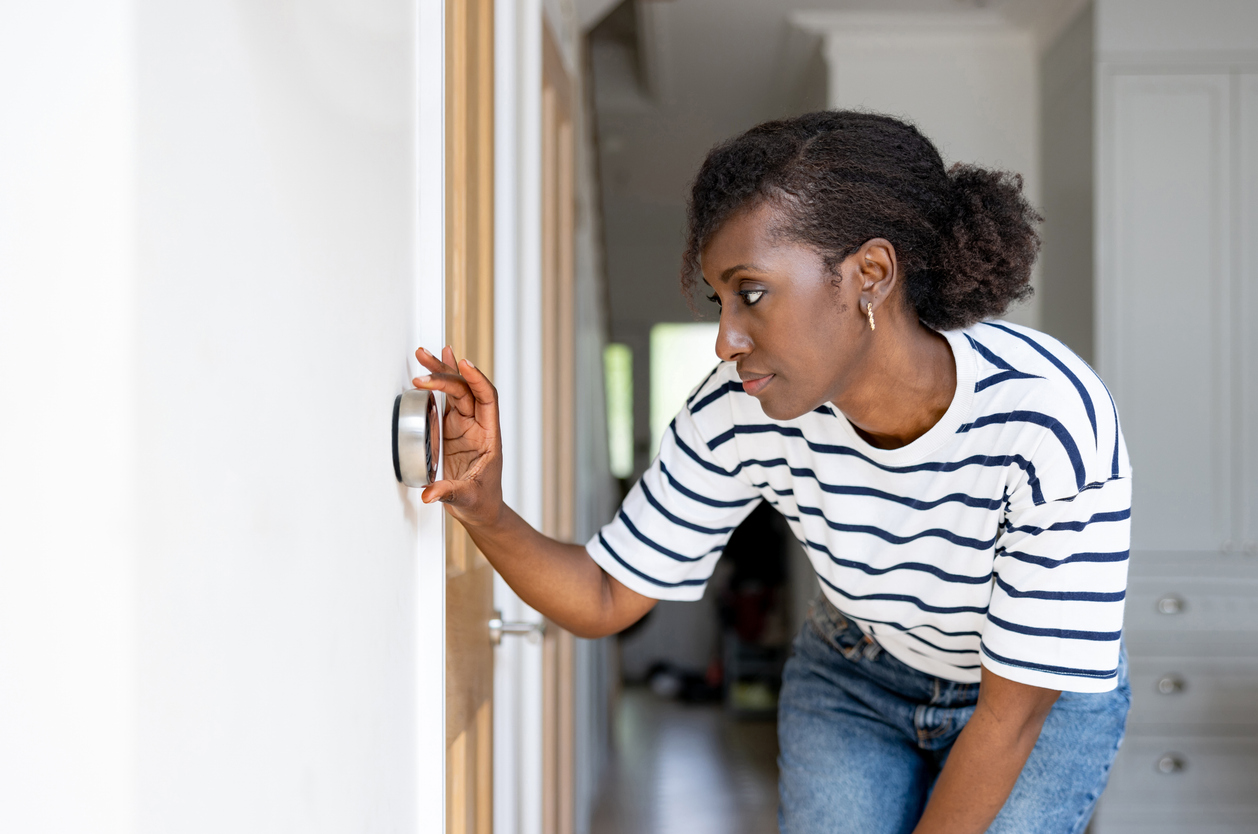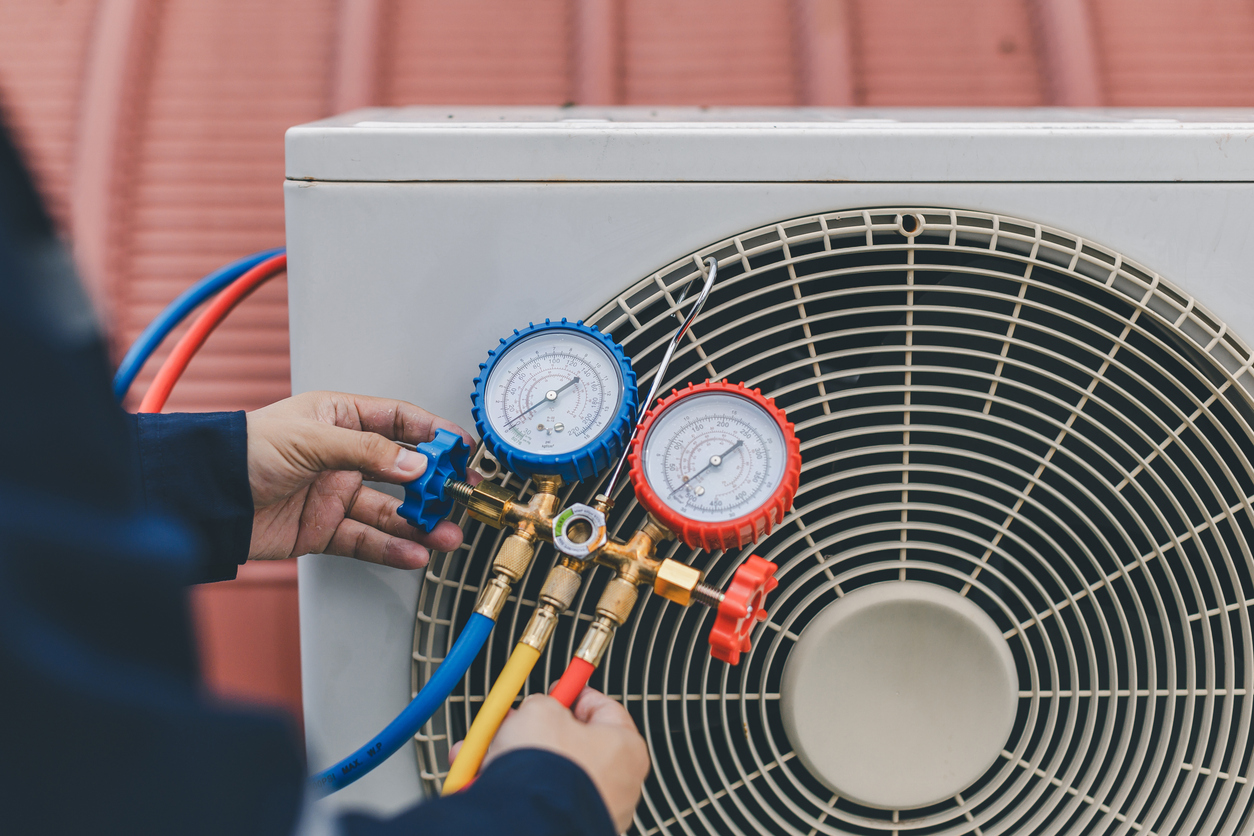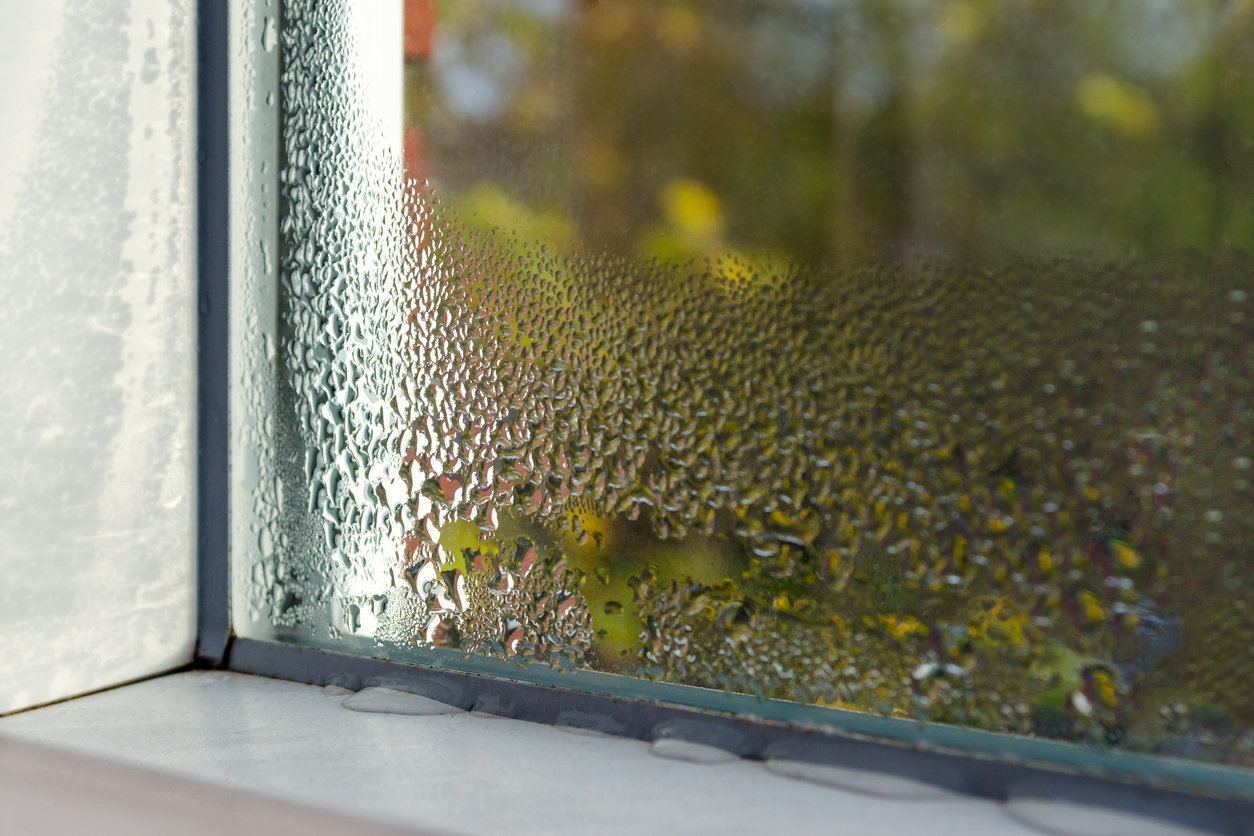
What Should the Humidity Be in My House?
Maintaining the right humidity levels in your home is crucial for comfort and health. Both high and low humidity levels can cause various problems, ranging from health issues to damage to your home. In this blog, we’ll explore what should the humidity be in your house, the effects of high and low humidity, and how to achieve the ideal home humidity.
Understanding Humidity
Humidity refers to the amount of water vapor in the air. It is typically measured as a percentage, representing the amount of moisture the air holds relative to the maximum it can hold at a given temperature. For instance, a humidity percentage of 50% means the air holds half the moisture it could at that temperature.
Ideal Home Humidity Levels
So, what is a comfortable humidity level for your home? According to experts, the ideal home humidity should be between 30% and 50%. Keeping your home’s humidity within this range ensures a comfortable living environment and prevents the negative effects associated with high or low humidity levels.
Effects of High Humidity in House
High humidity in house environments can lead to several issues, including:
- Health Problems: High humidity levels can create a breeding ground for mold, dust mites, and bacteria. These can trigger allergies and respiratory problems, especially for those with asthma or other pre-existing conditions.
- Discomfort: High humidity makes the air feel warmer than it actually is, leading to discomfort. It can cause excessive sweating, fatigue, and even heat exhaustion.
- Damage to Your Home: Excess moisture can damage wooden furniture, flooring, and walls. It can also cause peeling paint, warped wood, and mold growth.
To combat high humidity, consider using dehumidifiers, ensuring proper ventilation, and using air conditioning systems that can effectively reduce moisture in the air.
Effects of Low Humidity
Conversely, low humidity can also be problematic. Low humidity levels can lead to:
- Health Issues: Dry air can cause skin irritation, dry eyes, and respiratory problems. It can also make you more susceptible to infections as dry air can dry out the mucous membranes in your respiratory tract, which help trap and expel pathogens.
- Discomfort: Low humidity makes the air feel cooler than it is, leading to discomfort and increasing the need for heating, which can drive up energy costs.
- Damage to Your Home: Dry air can cause wooden furniture and floors to crack or warp. It can also cause paint to chip and electronics to become more prone to static electricity damage.
To address low humidity, consider using humidifiers, adding houseplants that release moisture, and keeping doors to bathrooms and kitchens open when using water.
How to Measure Humidity
To maintain the ideal home humidity, it’s essential to measure it accurately. A hygrometer is a tool that measures humidity levels in your home. These devices are affordable and widely available, making it easy to monitor your home’s humidity percentage.
Tips for Maintaining Normal Indoor Humidity
Use Humidifiers and Dehumidifiers
Depending on whether your home’s humidity is too low or too high, you can use humidifiers to add moisture to the air or dehumidifiers to remove excess moisture.
Ventilation
Ensure your home is well-ventilated. Use exhaust fans in bathrooms and kitchens, and open windows when weather permits to allow fresh air to circulate.
Air Conditioning
Modern air conditioning systems can help control humidity levels by removing moisture from the air. Make sure your system is well-maintained for optimal performance.
Houseplants
Some houseplants, such as peace lilies and ferns, can help regulate humidity levels by releasing moisture into the air.
Seal Leaks
Make sure your home is well-sealed to prevent outside moisture from entering. Check for leaks around windows, doors, and in the attic or basement.
Monitor and Adjust
Regularly check the humidity levels in your home with a hygrometer and make adjustments as necessary to keep it within the ideal range.
Conclusion
Maintaining the proper humidity levels in your home is essential for comfort, health, and the longevity of your belongings. Understanding what is a comfortable humidity level and how to achieve it can make a significant difference in your daily life. The ideal home humidity ranges from 30% to 50%, preventing the problems associated with both high and low humidity.
If you’re experiencing issues with humidity in your home and need professional assistance, Ultimate Heating & Air is here to help. Whether it’s installing a new air conditioning system, maintaining your current one, or providing solutions for optimal indoor humidity, we have the expertise to ensure your home remains comfortable and healthy. Contact Ultimate Heating & Air today for all your HVAC needs.

